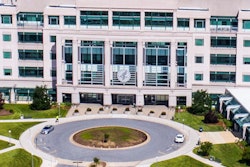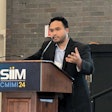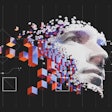More in Home
Ukraine's top pediatric hospital rebuilds after bomb attack
October 25, 2024
PSMA-PET provides long-term benefits
October 24, 2024
MRI indicates that poor sleep translates to poor brain health
October 23, 2024
CMIMI: LLMs can monitor AI software after deployment
October 22, 2024
NLPs show age bias when annotating chest x-rays
October 22, 2024
CMIMI: CT-based AI framework improves splenomegaly diagnosis
October 22, 2024
CMIMI: ChatGPT classifies clinically significant breast pain
October 22, 2024





















